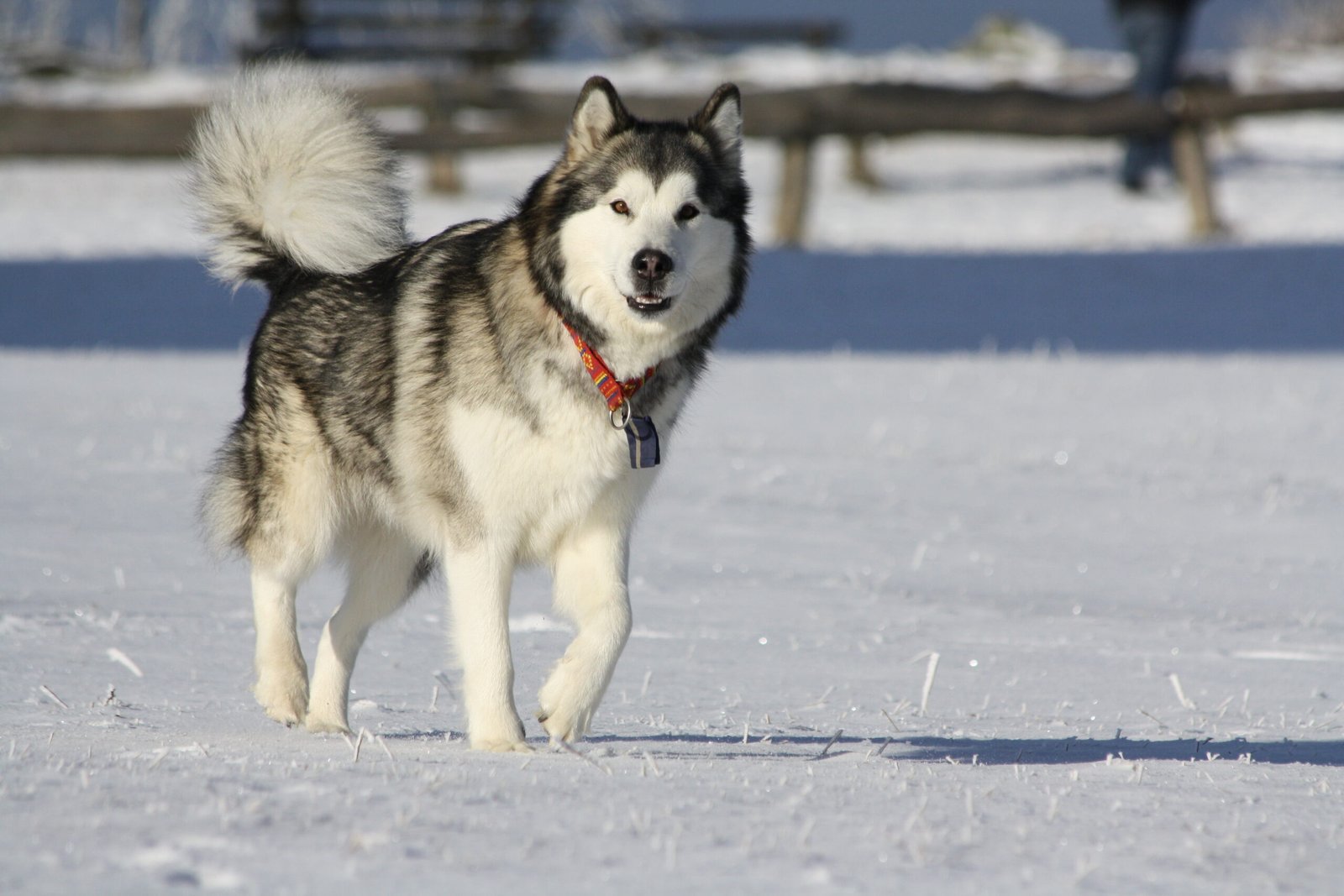Have you ever watched your dog shiver at the first sign of snow, while your neighbor’s pup leaps through snowdrifts with pure joy? For dog lovers in New York, winter can be a dramatic battleground of furry emotions—some breeds practically beg to stay indoors, while others are born to romp in icy wonderlands. As the city turns into a frosty playground, the divide between “winter haters” and “snow fanatics” comes alive. If you’ve ever wondered why your pup hides under the blanket in January or bolts outside at the sight of a snowflake, you’re about to find out. Get ready for a surprising, sometimes hilarious, and always heartwarming look at which breeds despise the cold and which simply can’t get enough of it!
Chihuahua: The Smallest Snow Hater
Winter in New York can be as brutal as it is beautiful, with icy winds, heavy snowfall, and frigid temperatures that challenge even the most seasoned locals. But how do our four-legged friends handle the cold? While some dog breeds thrive in snowy conditions, embracing the chill with boundless energy, others would rather curl up indoors and wait for spring.
Chihuahuas may have big personalities, but when it comes to braving a New York winter, their confidence melts faster than ice in July. With tiny, delicate bodies and practically no insulation, these little dogs shiver at the mere thought of a cold breeze. Even a quick trip outside for a bathroom break can turn into a high-drama event. Owners often find themselves bundling their Chihuahuas in sweaters, booties, and even scarves, yet the dogs still act like they’re being sent to the Arctic. It’s not just about comfort—Chihuahuas can be genuinely at risk for hypothermia, so their dislike of winter is pretty justified. If you share your home with one of these pint-sized pups, you’ll know the struggle of coaxing them out on a snowy day. For Chihuahuas, winter in New York is more of a nightmare than a wonderland.
Greyhound: Built for Speed, Not for Snow
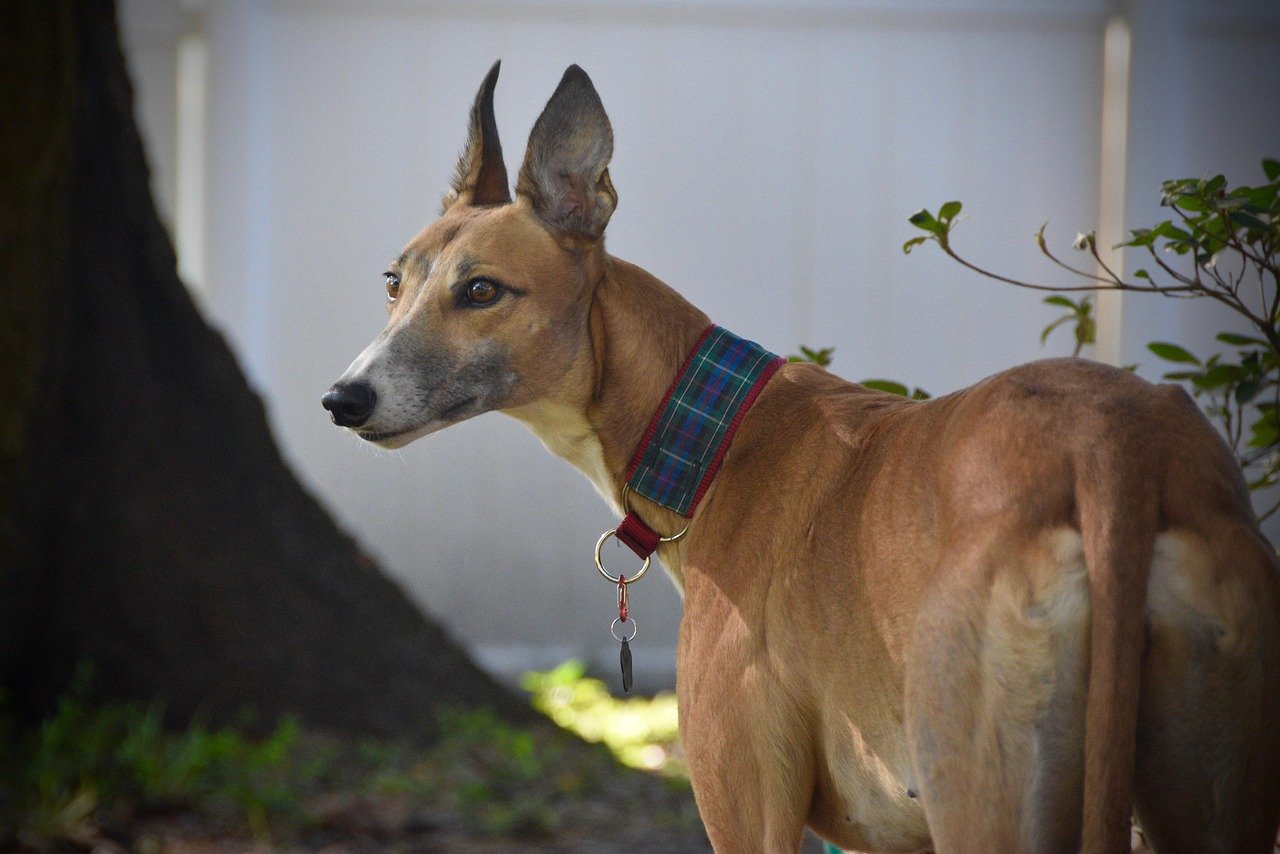
With their sleek, slender bodies and short, thin coats, Greyhounds are the supermodels of the dog world—but those looks come at a price during a snowy New York winter. They have almost no body fat and very little fur, which means they get cold incredibly quickly. Even a brisk walk can leave them trembling and desperate to return home. Greyhound owners often joke that their dogs would prefer a heated treadmill to a chilly walk around the block. While Greyhounds are athletic and love a good run, the winter months are a real challenge. You’ll often see them bundled up in coats that rival any Upper East Side fashionista. It’s not that they’re dramatic—it’s just that the cold really is their kryptonite.
Italian Greyhound: Even More Sensitive Than You Think
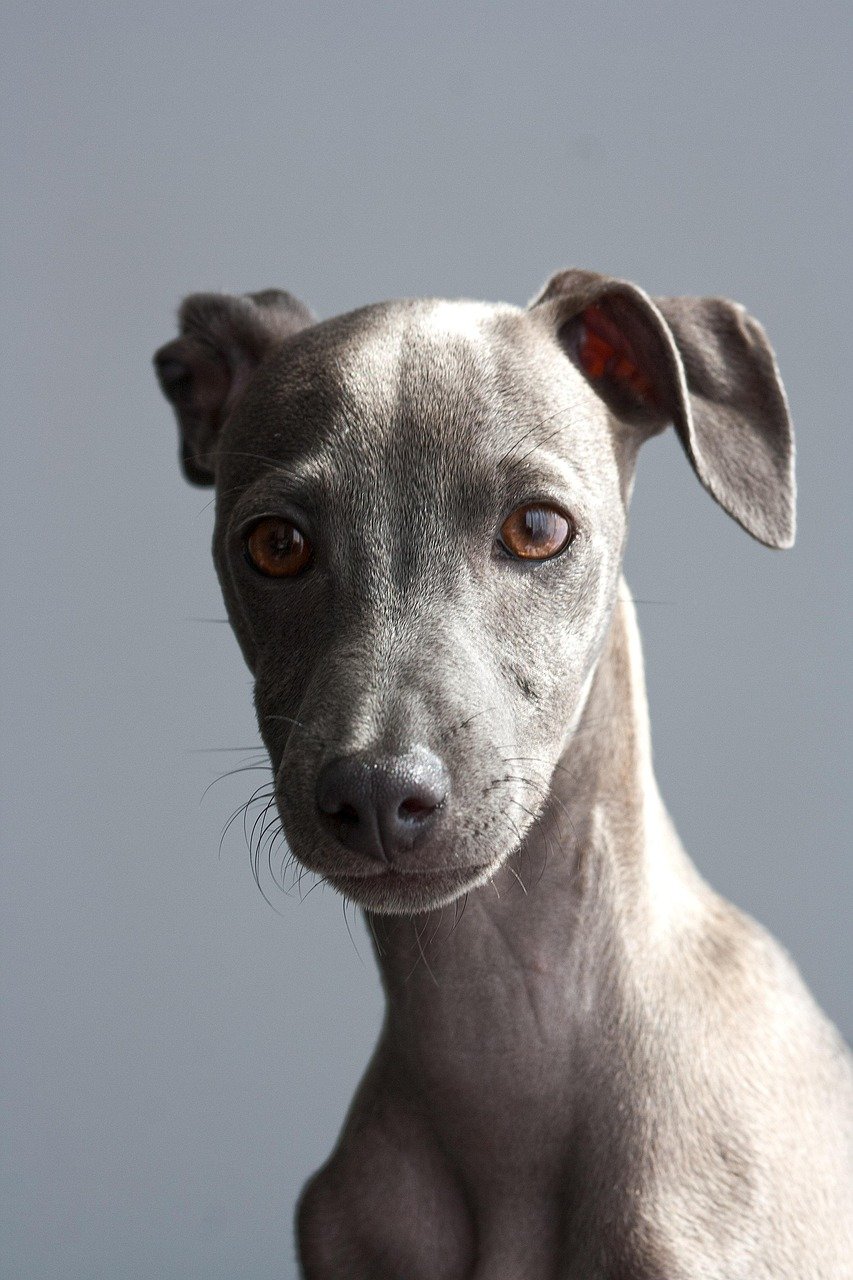
If you think Greyhounds hate the cold, meet their even daintier cousin, the Italian Greyhound. These dogs are like living, breathing porcelain—fragile, elegant, and absolutely allergic to winter. Their coats are so thin, you can practically see their skin, and their tiny bodies have zero natural insulation. It’s common for Italian Greyhounds to refuse to move when faced with snow, sometimes lifting one paw after another as if the ground is made of burning coals. Owners have to get creative with layers upon layers of sweaters, sometimes even doubling up. For these pups, a New York winter is an ordeal, not an adventure. They’re happiest curled up under a pile of blankets, preferably with a heated pad underneath.
Chinese Crested: The Chill Goes Straight to the Bone
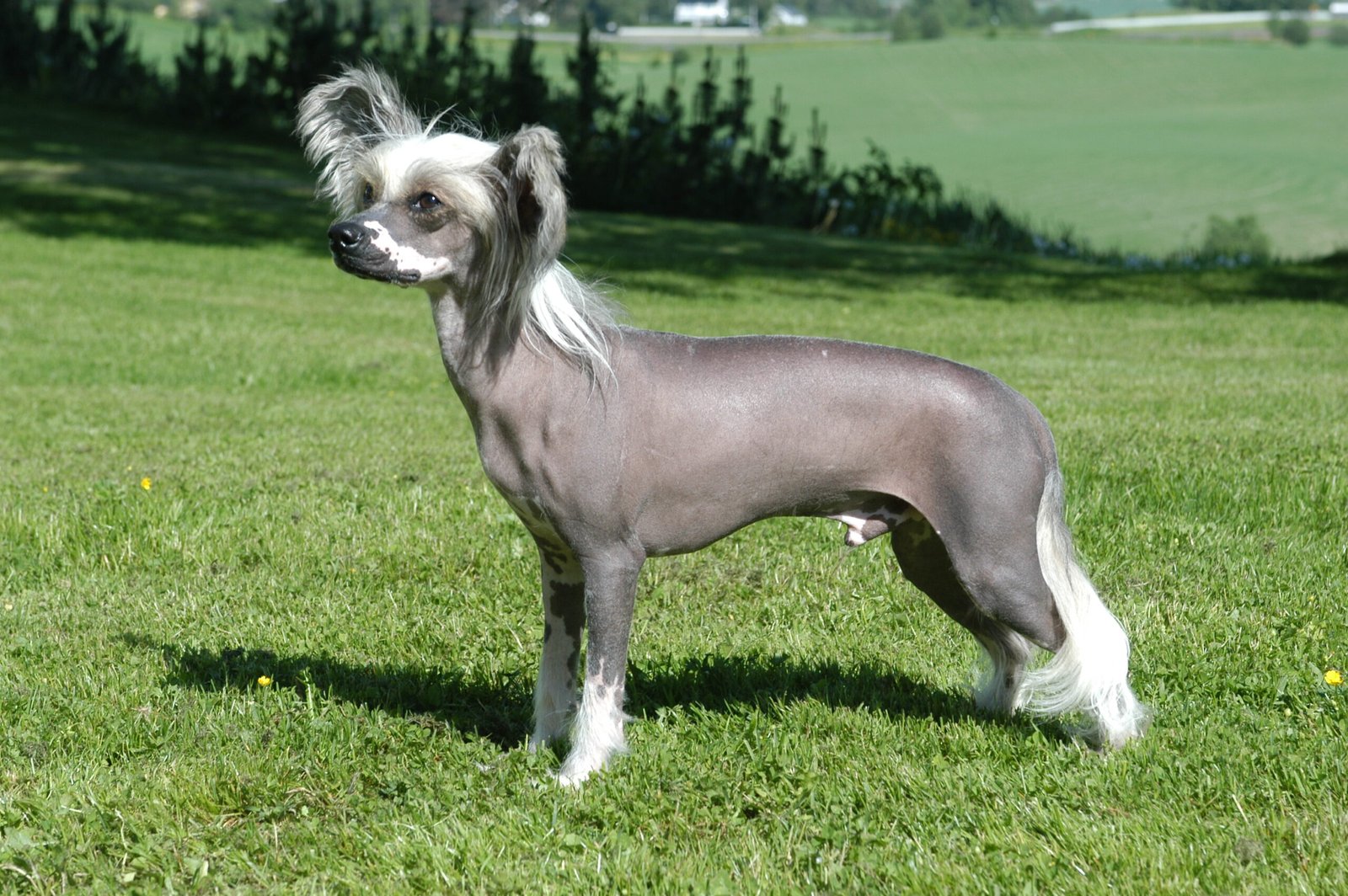
Imagine facing a frigid New York winter with almost no hair. That’s life for the Chinese Crested. With their mostly hairless bodies and delicate skin, these dogs are as unprepared for snow as you can get. Even the “powderpuff” variety, with its soft tufts of hair, lacks the kind of coat needed for real winter warmth. When the temperature drops, Chinese Cresteds will do anything to avoid going outside. Owners often joke that their dogs can sense a cold draft from across the apartment. If you own a Chinese Crested, you know that winter means investing in doggie pajamas, coats, and booties just to get through a simple walk around the block.
Dachshund: Low to the Ground Means Low Tolerance for Cold
Dachshunds are famous for their long, low bodies and big personalities. Unfortunately, that close-to-the-ground design means they get extra cold in winter—especially in snowy New York. Their bellies and paws are often the first to hit the snow, and it’s not a pleasant feeling for them. Short-haired varieties in particular struggle with the cold, often refusing to walk more than a few feet before turning back to the warmth of home. Dachshunds may try to be brave, but their shivers and longing stares at the door tell a different story. Owners sometimes carry them or use special dog strollers to avoid exposing their little legs to the icy ground.
Yorkshire Terrier: Glamorous, But Not for the Cold
Yorkies are the glamour queens of the dog world, but that silky hair doesn’t offer much protection against the frigid winds of a New York winter. Their small size and lack of an undercoat make them especially vulnerable to the cold. Even with sweaters and coats, a Yorkie’s teeth will chatter as soon as the temperature drops. Many owners find themselves carrying their pups more often than letting them walk, especially when the sidewalks are covered in ice or snow. Yorkies can be surprisingly stubborn, sometimes digging in their heels and refusing to go outside at all. For these pint-sized pups, winter is a season best spent indoors, snuggled on a warm lap.
French Bulldog: Fashionable But Frosty

French Bulldogs are popular city dogs, but they’re not built for frigid winters. Their short coats and compact bodies don’t do much to keep out the chill, and their flat faces can make breathing in icy air uncomfortable. You’ll often see Frenchies dressed in adorable jackets, but even so, many still shiver with every step. French Bulldogs can be a bit dramatic, too—some owners swear their dogs give them the stink-eye when asked to go out in the cold. If you have a Frenchie, you know that wintertime walks are all about quick bathroom breaks and a speedy return to the warmth of home.
Papillon: Delicate Ears Meet Harsh Winds

The Papillon’s most striking feature is its butterfly-like ears, but those beautiful fringes do little to protect against biting winter winds. Though they have a bit more fur than some other small breeds, Papillons are still sensitive to the cold, especially in the snow and icy slush of a New York winter. Their tiny bodies lose heat quickly, and their little paws can become painfully cold after just a few minutes outside. Many Papillons will try to hop from foot to foot, looking for any patch of warmth. Owners often have to coax them out and keep walks short, while the dogs dream of springtime in the city.
Boston Terrier: Not a Fan of Frosty Air
Boston Terriers might be sturdy little dogs, but their short, smooth coats aren’t cut out for winter in New York. These dogs can get cold quickly, especially when the wind picks up. Their short snouts also mean that breathing in cold air can be uncomfortable, sometimes even leading to coughing or sneezing fits. Boston Terrier owners often invest in thick sweaters and boots, but even with winter gear, their dogs may try to cut walks short. If you’ve ever seen a Boston Terrier make a beeline back to the door after a few steps in the snow, you know just how much they wish winter would hurry up and end.
Maltese: White Coats, But Not for Winter
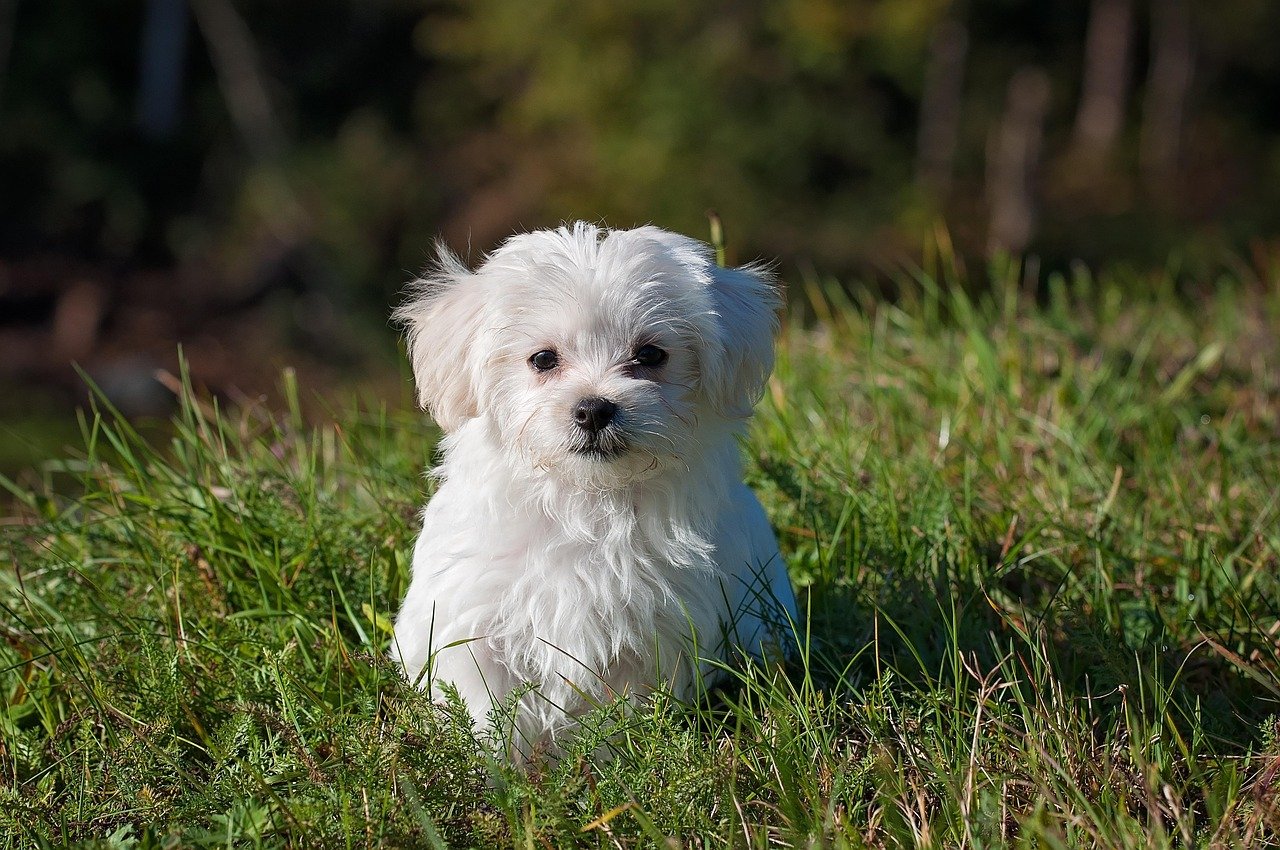
It’s easy to assume that a Maltese dog, with its fluffy white coat, would be fine in the snow. In reality, their hair offers little actual warmth. Maltese dogs are small, delicate, and can get chilled very quickly during the winter months. Their paws are especially sensitive, often leading to lots of foot lifting and hesitancy in the snow. Owners often find themselves layering on coats and even using heated blankets to keep their pups comfortable. For Maltese dogs, winter is a time for cuddles and naps, not snowy adventures.
Alaskan Malamute: Born for Blizzard Conditions
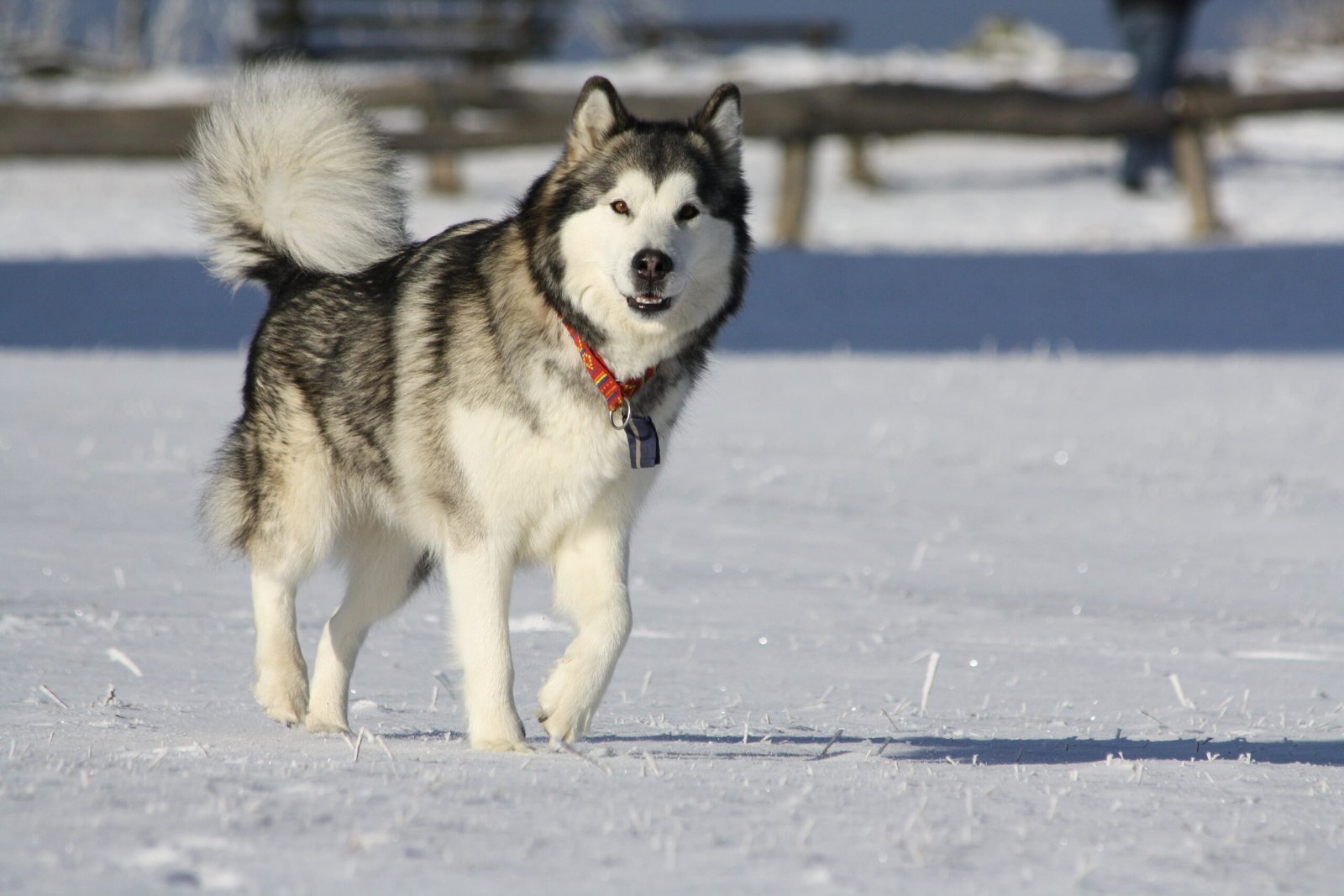
If any breed is made for a New York winter, it’s the Alaskan Malamute. These dogs have thick, double-layered coats that insulate them from even the harshest cold. Malamutes absolutely thrive in snowy weather, often becoming more energetic and playful the colder it gets. Watching a Malamute bound through snowdrifts is like seeing pure happiness in motion. They love pulling sleds, digging in the snow, and can be nearly impossible to coax back inside. For Malamute owners, winter isn’t something to dread—it’s the best season of the year.
Siberian Husky: The Ultimate Snow Enthusiast

Siberian Huskies are legendary for their love of winter. With their wolf-like appearance and thick coats, they’re perfectly designed for snowy climates. Huskies actually become more comfortable as the temperature drops, seeming to draw energy from the cold air. If you live in New York and have a Husky, you’ve probably been dragged through a snowstorm by your overexcited pup. Their playful, mischievous personalities seem to shine brightest when the ground is covered in snow. For a Husky, winter is pure magic—a chance to channel their inner sled dog and race through the city streets.
Bernese Mountain Dog: Gentle Giants of the Snow
Bernese Mountain Dogs are the gentle giants of winter, with thick, tri-colored coats that keep them cozy even in freezing temperatures. These dogs were bred to work in the snowy Swiss Alps, and New York’s winter is a walk in the park by comparison. Bernese Mountain Dogs love rolling in the snow, pulling carts, and spending hours outside, regardless of the chill. Their calm, affectionate nature makes them wonderful companions for winter walks or snowy park visits. If you want a dog who’ll never complain about the cold, the Bernese is a top contender.
Samoyed: Smiling Through the Snowstorm

Samoyeds are instantly recognizable by their fluffy white coats and perpetual “smile.” These dogs were bred for Arctic conditions, and their thick double coats are basically nature’s version of a down comforter. Samoyeds adore the snow, often burying their faces and rolling around like big, happy clouds. They’re playful, energetic, and seem to get even happier as the snow piles up. For a Samoyed, winter in New York is a chance to show off their stamina, playfulness, and that famous grin. Owners often joke that their dogs would rather sleep in a snowbank than on the couch.
Newfoundland: The Winter Lifeguard
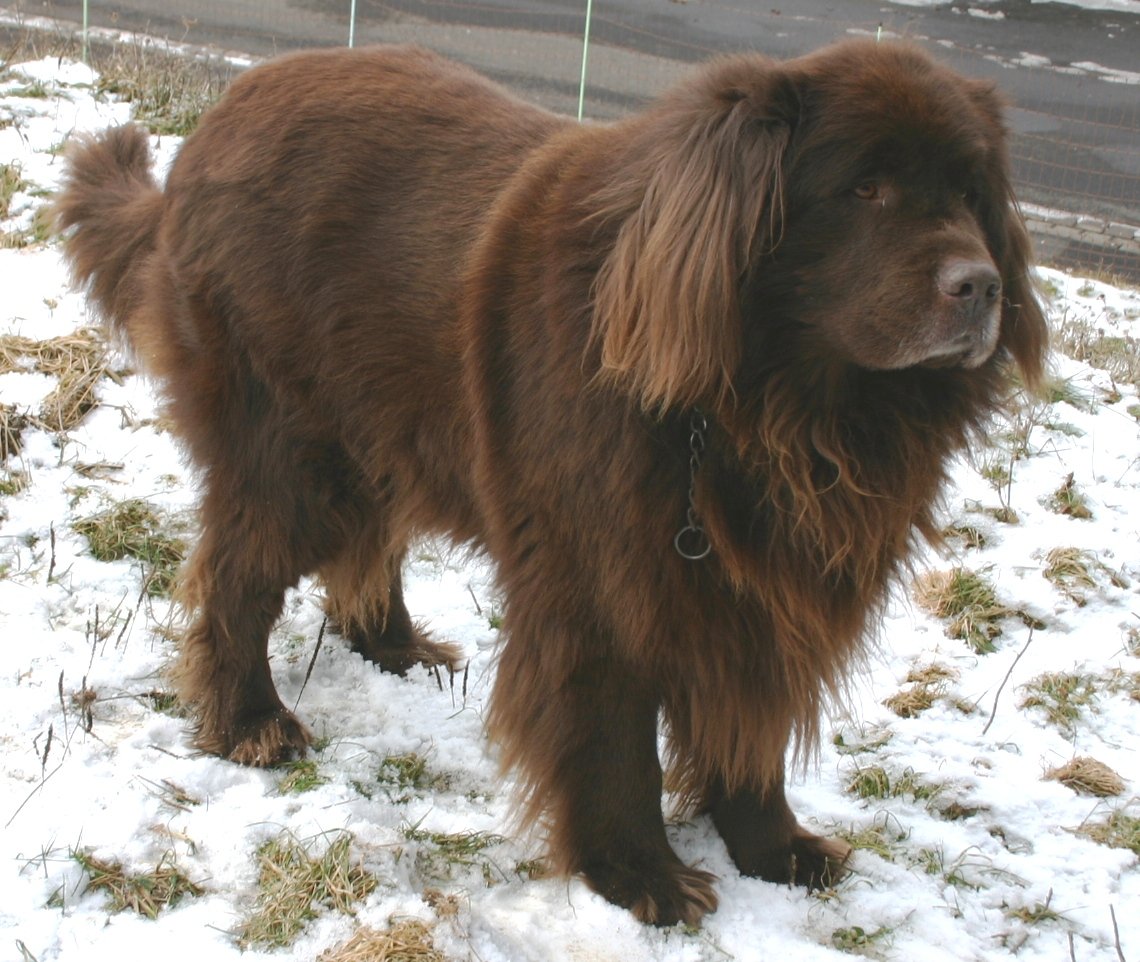
Newfoundlands are massive, powerful dogs built for cold weather. Their thick, water-resistant coats and sturdy bodies make them perfectly suited for snowy adventures. These gentle giants have a long history as water rescue dogs, but they’re just as happy bounding through snowdrifts or plowing through icy puddles. Newfies love the cold and are known for their tolerance of even the harshest winter weather. Unlike many breeds, they seem to gain energy in the snow, making them ideal companions for long winter hikes or snowy playdates in Central Park.
Tibetan Mastiff: Mountain Majesty in Manhattan
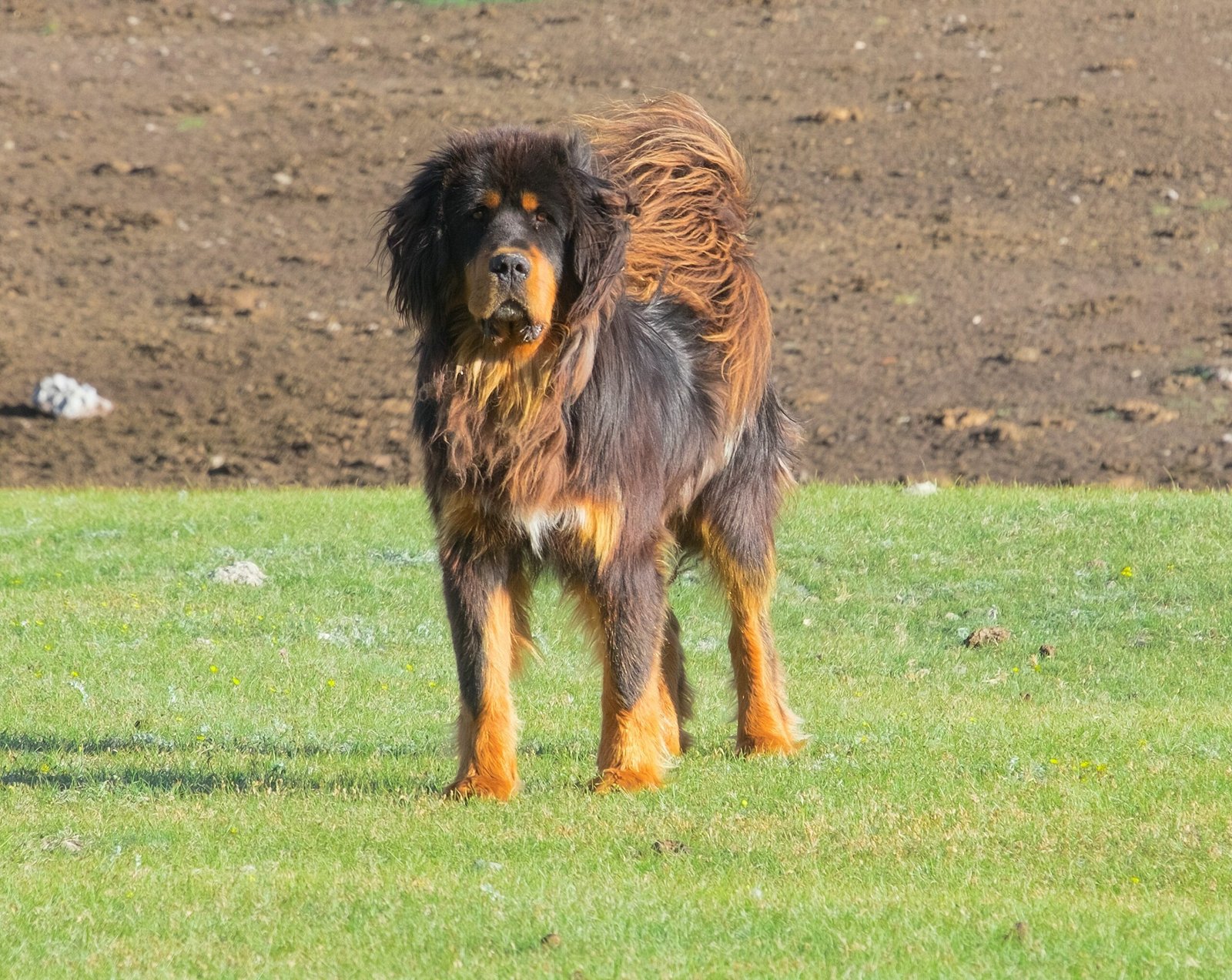
Tibetan Mastiffs were bred to guard livestock in the freezing Himalayan mountains, so a New York winter is no big deal for them. Their massive bodies and thick, woolly coats provide natural insulation against even the most biting cold. Tibetan Mastiffs are calm, stoic, and unfazed by snow, often lying contentedly outdoors while other breeds scramble for the warmth of home. Their regal appearance makes them stand out on city streets, especially when snowflakes cling to their luxurious fur. For these majestic dogs, winter is just another chance to show off their ancient, mountain-bred resilience.
Saint Bernard: Snow’s Best Friend
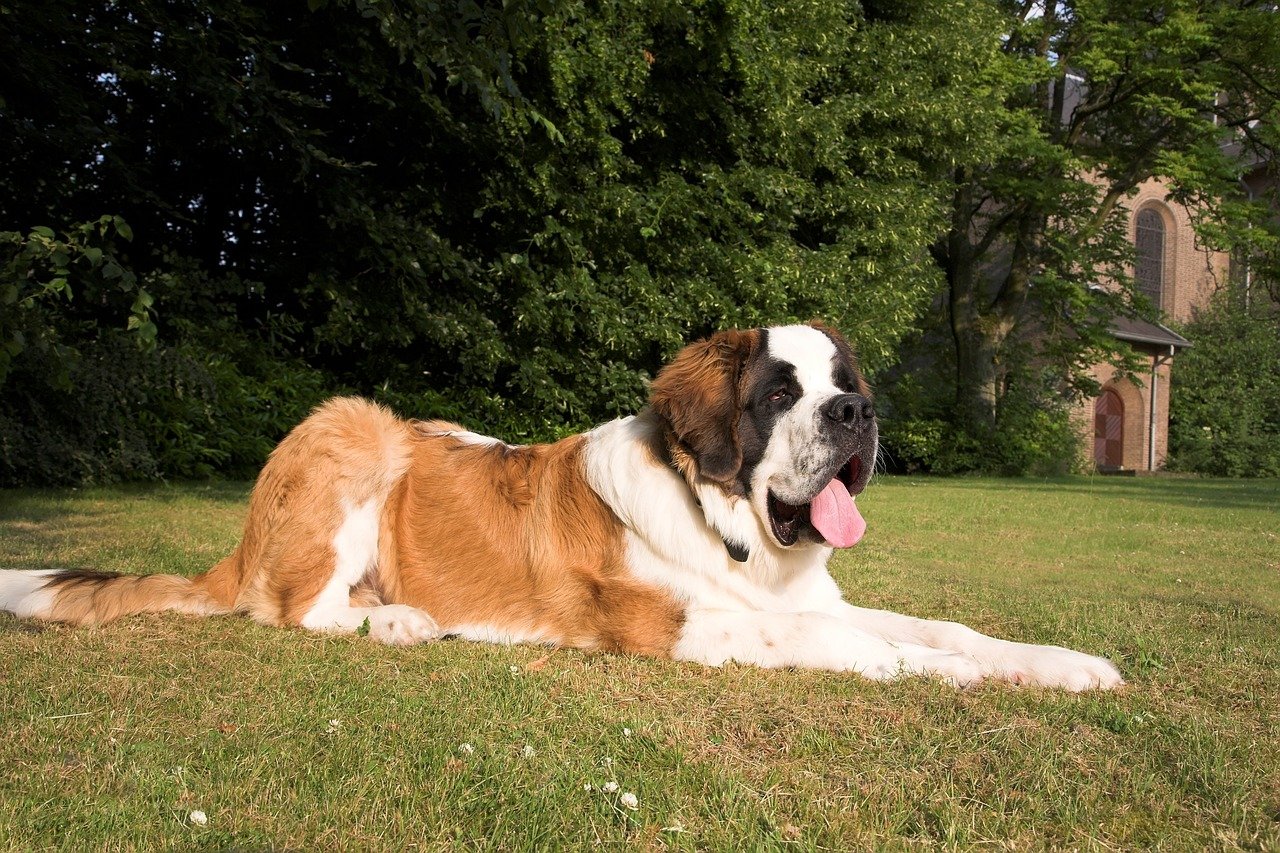
Saint Bernards are famous for their heroic rescues in the snowy Alps, and their love of winter is legendary. These gentle giants have thick, dense fur and massive paws that help them navigate even the deepest snow. Saint Bernards are playful, affectionate, and seem to revel in chilly weather. In New York, they’re in their element during the winter months, often acting as unofficial snowplows as they wade through drifts. Their friendly, easygoing nature makes them a hit with everyone they meet, especially during snowy strolls through the park.
Akita: Bold, Brave, and Built for the Cold
Akitas are strong, independent dogs originally bred in the snowy regions of Japan. Their plush double coats keep them toasty warm even when the temperature drops well below freezing. Akitas are known for their bold personalities and love of outdoor adventures, especially when snow is involved. They’ll happily romp through snowbanks, chase snowflakes, and sit stoically in the middle of a blizzard. For Akita owners, winter is a season of fun and bonding, as their dogs thrive in the chilly air and snowy landscapes.
American Eskimo Dog: The Snowball That Loves to Play

American Eskimo Dogs, with their fluffy white coats and lively spirits, are sometimes mistaken for little snowballs themselves. These dogs absolutely adore the winter, seeming to get a burst of energy as soon as the first snow falls. Their thick fur keeps them warm, and their playful personalities make them perfect companions for snowy games and outdoor fun. Eskies love to dig, chase, and roll in the snow, often refusing to come inside even after hours of play. For these cheerful pups, winter in New York is a season of endless possibilities.
Keeshond: The Ultimate Winter Companion
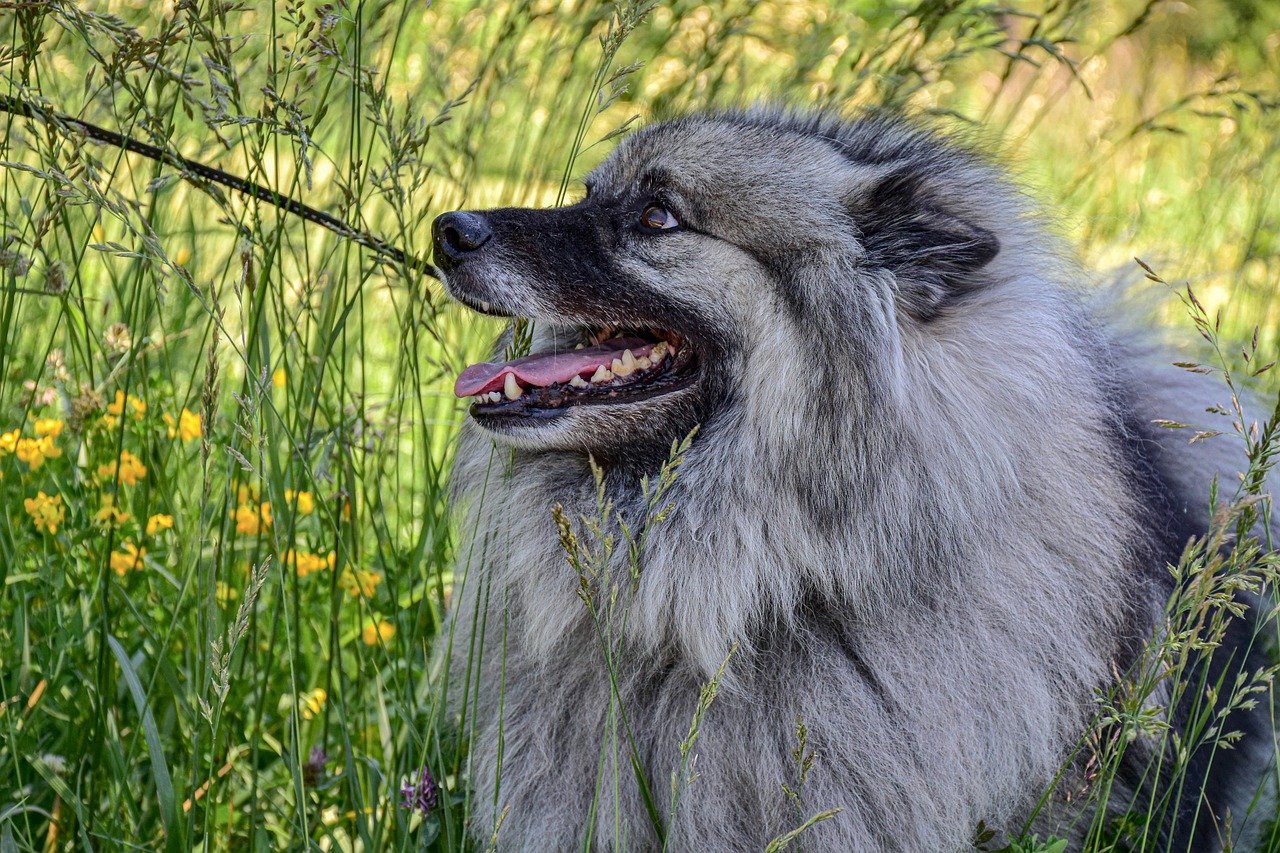
Keeshonds are often called “the smiling Dutchman,” and nothing makes them smile more than a snowy day. These dogs have thick, plush coats that insulate them perfectly against the cold. Keeshonds are playful, affectionate, and absolutely thrive in winter weather. They love exploring, playing fetch, and simply lounging in the snow. Their friendly nature and resilience make them wonderful companions for winter-loving families. If you want a dog who’ll embrace every snowstorm with joy, the Keeshond is your perfect match.
Just like people, dogs have their own comfort zones when it comes to winter weather. While some breeds are built for snow-covered adventures with thick coats and boundless energy, others prefer the warmth of a cozy blanket and a heated home. Understanding your dog’s tolerance for cold—whether they thrive in a snowy New York park or shiver at the first frost—can help you better meet their physical and emotional needs. By choosing the right breed for your climate or adjusting your routine to suit your dog’s preferences, you’ll ensure they stay happy, healthy, and comfortable all winter long.

Esther is from India; the heartbeat of South Asia, holding a Master’s degree in Zoology and a postgraduate diploma in Animal Welfare. Her enthusiasm for animal welfare drives her passion and dedication to working for animals, ensuring their well-being, and advocating for their rights. With a solid academic background and hands-on experience, she is committed to making a positive impact in the field of animal welfare. In her free time, she enjoys embroidery and sewing. As a Chennaite from Tamil Nadu, Esther loves Bharathanatyam, an Indian classical dance form.

